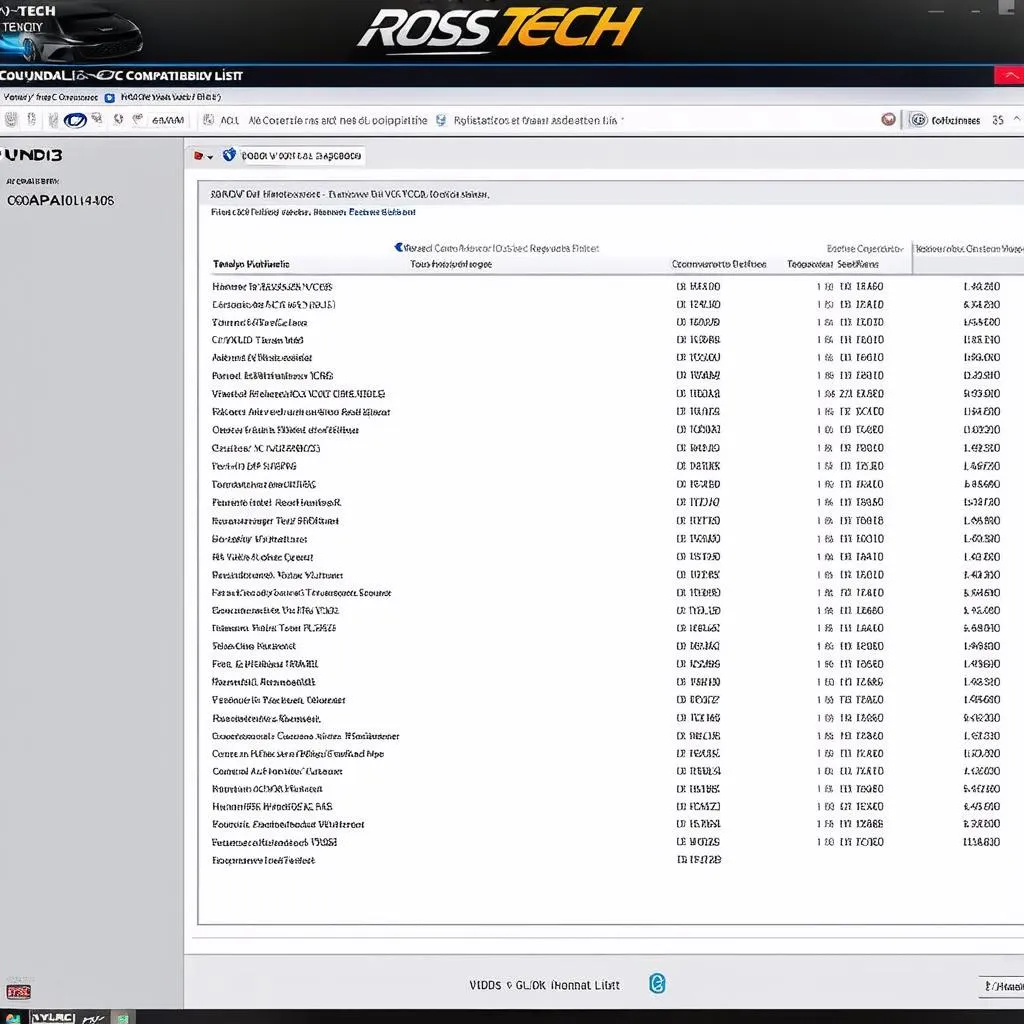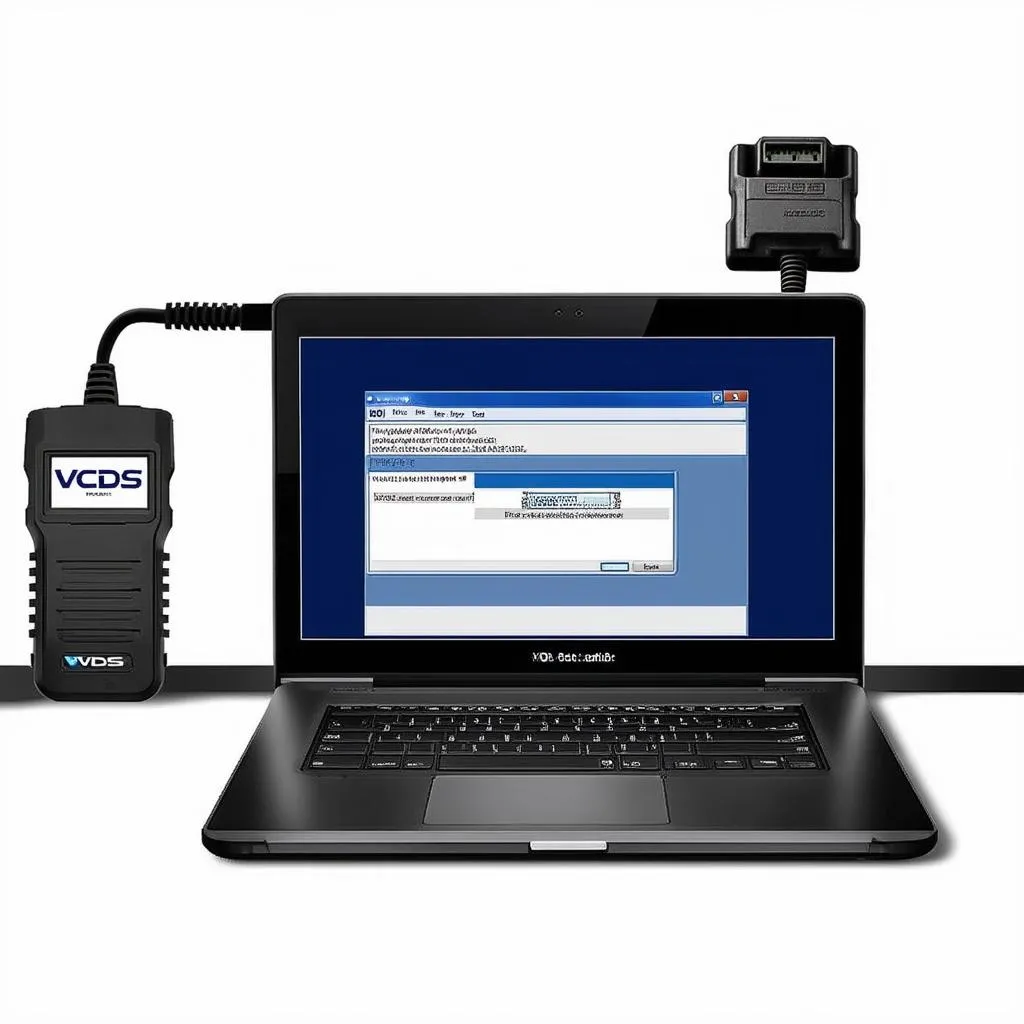VCDS level control adaptation is a crucial procedure for maintaining the correct ride height and ensuring optimal performance in vehicles equipped with air suspension. This article will delve into the intricacies of this process, providing a comprehensive guide for car owners, mechanics, and automotive technicians. After reading this, you will be able to understand, diagnose, and potentially rectify level control issues using a vcds device.
Understanding VCDS and Level Control
Level control systems, commonly found in vehicles with air suspension, manage the ride height based on various factors like load and driving conditions. The VCDS (VAG-COM Diagnostic System) is a powerful diagnostic tool that allows you to interact with these systems, enabling adaptations and troubleshooting. This involves adjusting sensor readings and control module parameters to ensure accurate ride height and suspension functionality. A malfunctioning level control system can lead to uneven ride height, affecting handling and comfort.
Performing a VCDS Level Control Adaptation
Before attempting any adaptation, it’s crucial to diagnose the problem accurately. This involves scanning the vehicle’s control modules with your vcds scan tool for fault codes related to the level control system. Once you’ve identified the issue, you can proceed with the adaptation process. This typically involves accessing the specific control module for the suspension system through the vcds app and entering the correct adaptation channels. The exact procedures vary depending on the vehicle’s make and model. Consult your vehicle’s service manual or a reputable online database for specific instructions.
Why is VCDS Level Control Adaptation Necessary?
VCDS level control adaptation is necessary to calibrate the system after component replacement or when the ride height is incorrect. This ensures the sensors and control modules work in harmony, providing a smooth and level ride.
What are the Common Issues Related to Level Control?
Common issues include faulty sensors, leaking air springs, and malfunctioning compressors. Diagnosing these requires a systematic approach using the VCDS.
Tips for Successful Adaptation
- Ensure the vehicle is on a level surface.
- Double-check all connections before starting the procedure.
- Follow the manufacturer’s instructions meticulously.
- If you’re unsure about any step, consult a qualified technician.
How Can I Check for Fault Codes?
Connect your VCDS interface, select the appropriate control module, and initiate a scan for fault codes. The retrieved codes will pinpoint the problem areas.
What if the Adaptation Fails?
If the adaptation fails, double-check the procedure and ensure all preconditions are met. If the issue persists, further diagnosis may be necessary.
“Accurate diagnosis is the foundation of any successful repair,” says John Miller, a seasoned automotive diagnostician with over 20 years of experience. “VCDS offers the precision needed to pinpoint level control issues effectively.”
VCDS Level Control Adaptation for Specific Models
While the general principles remain the same, the specific adaptation procedures can vary between different vehicle models. For example, the adaptation process for an vcds audi a3 8v differs from that of a passat b5 5 vcds coding. Always consult your vehicle’s specific documentation.
Conclusion
VCDS level control adaptation is a vital procedure for maintaining proper vehicle ride height and ensuring optimal suspension performance. By understanding the process and following the correct procedures, you can effectively diagnose and rectify level control issues, contributing to a safer and more comfortable driving experience. Remember to always consult the relevant documentation for your specific vehicle model to ensure accurate and successful adaptation.
FAQ
- What is VCDS level control adaptation?
- It’s the process of calibrating the air suspension system using VCDS.
- Why is it important?
- It ensures correct ride height and optimal suspension function.
- What are the common problems?
- Faulty sensors, leaking air springs, and malfunctioning compressors.
- How do I perform the adaptation?
- Consult your vehicle’s service manual and use VCDS.
- What if the adaptation fails?
- Double-check the procedure and diagnose further if needed.
- Where can I find specific instructions for my car?
- Your vehicle’s service manual or reputable online databases.
- Is it safe to do this myself?
- If you’re unsure, consult a qualified technician.
Need assistance? Contact us via WhatsApp: +1 (641) 206-8880, Email: CARDIAGTECH[email protected] or visit us at 276 Reock St, City of Orange, NJ 07050, United States. We have a 24/7 customer support team.


